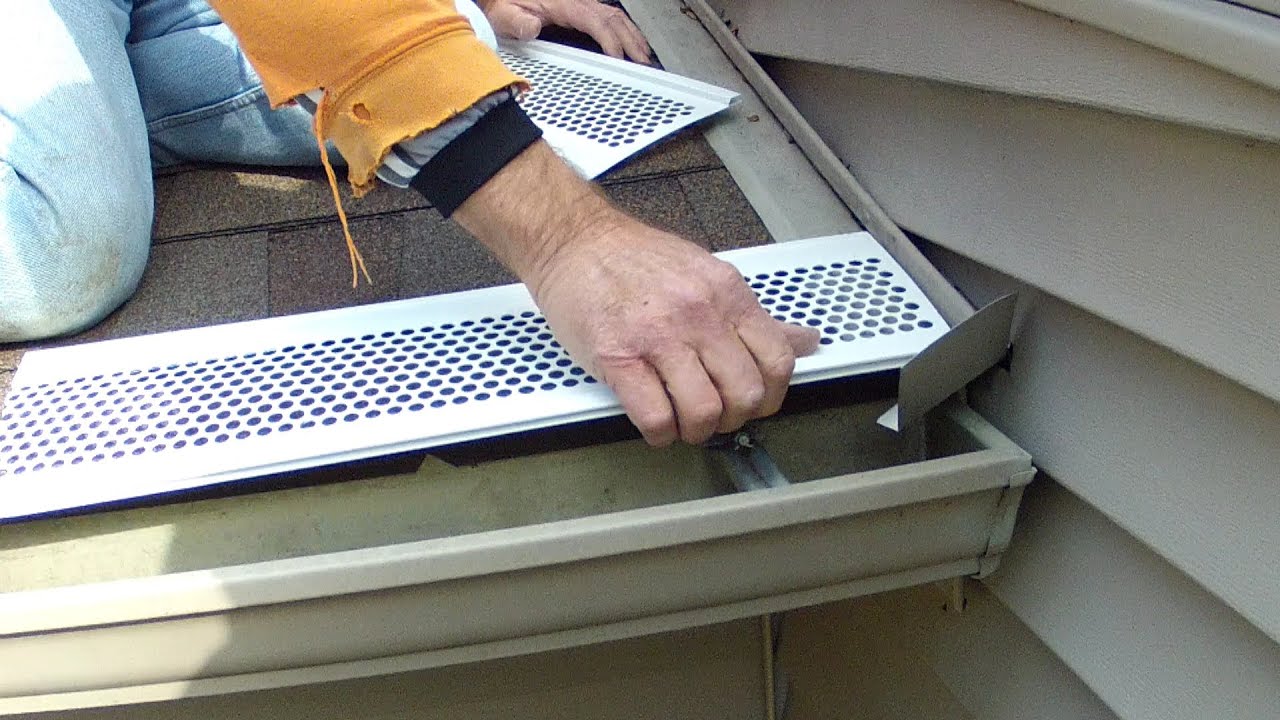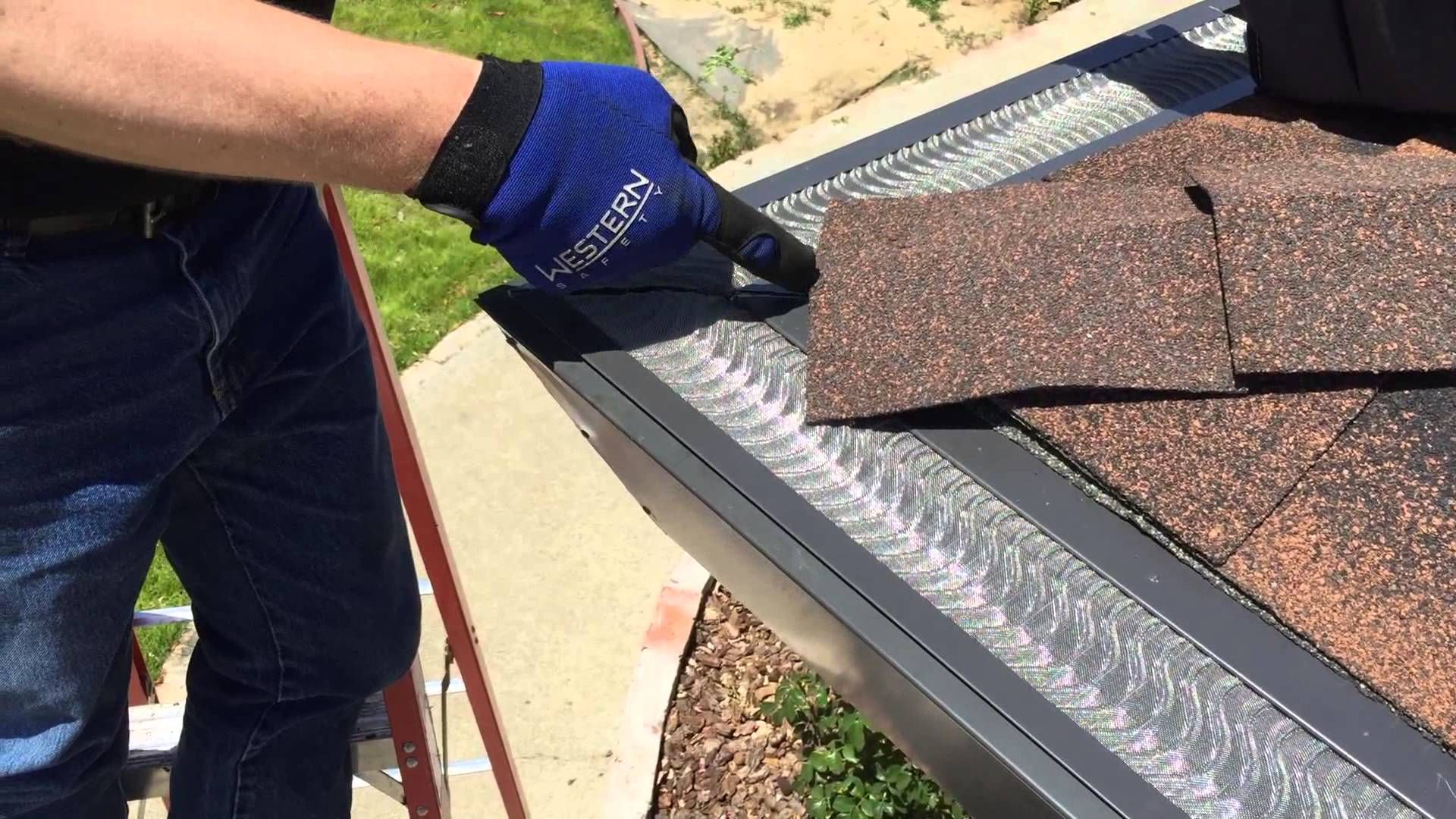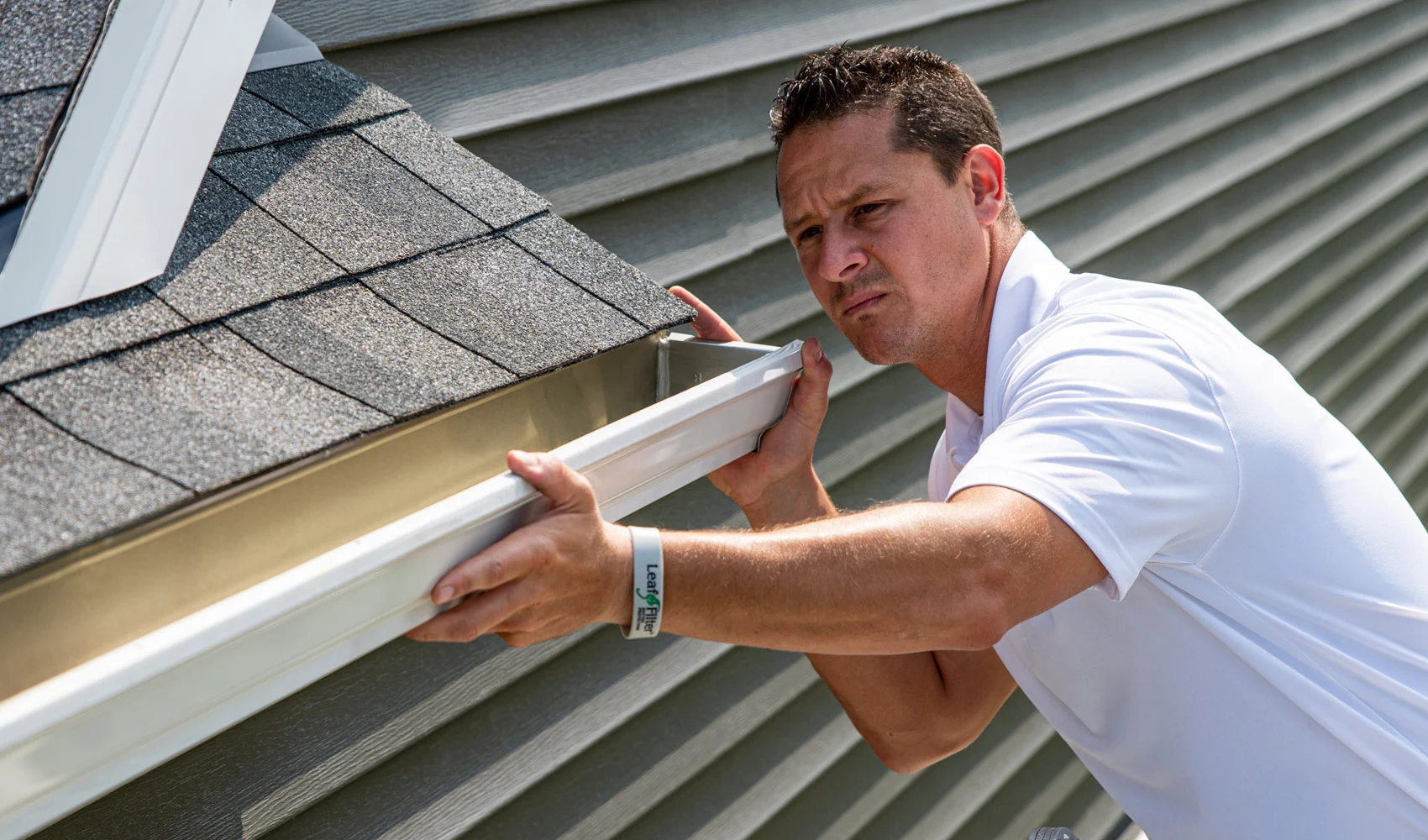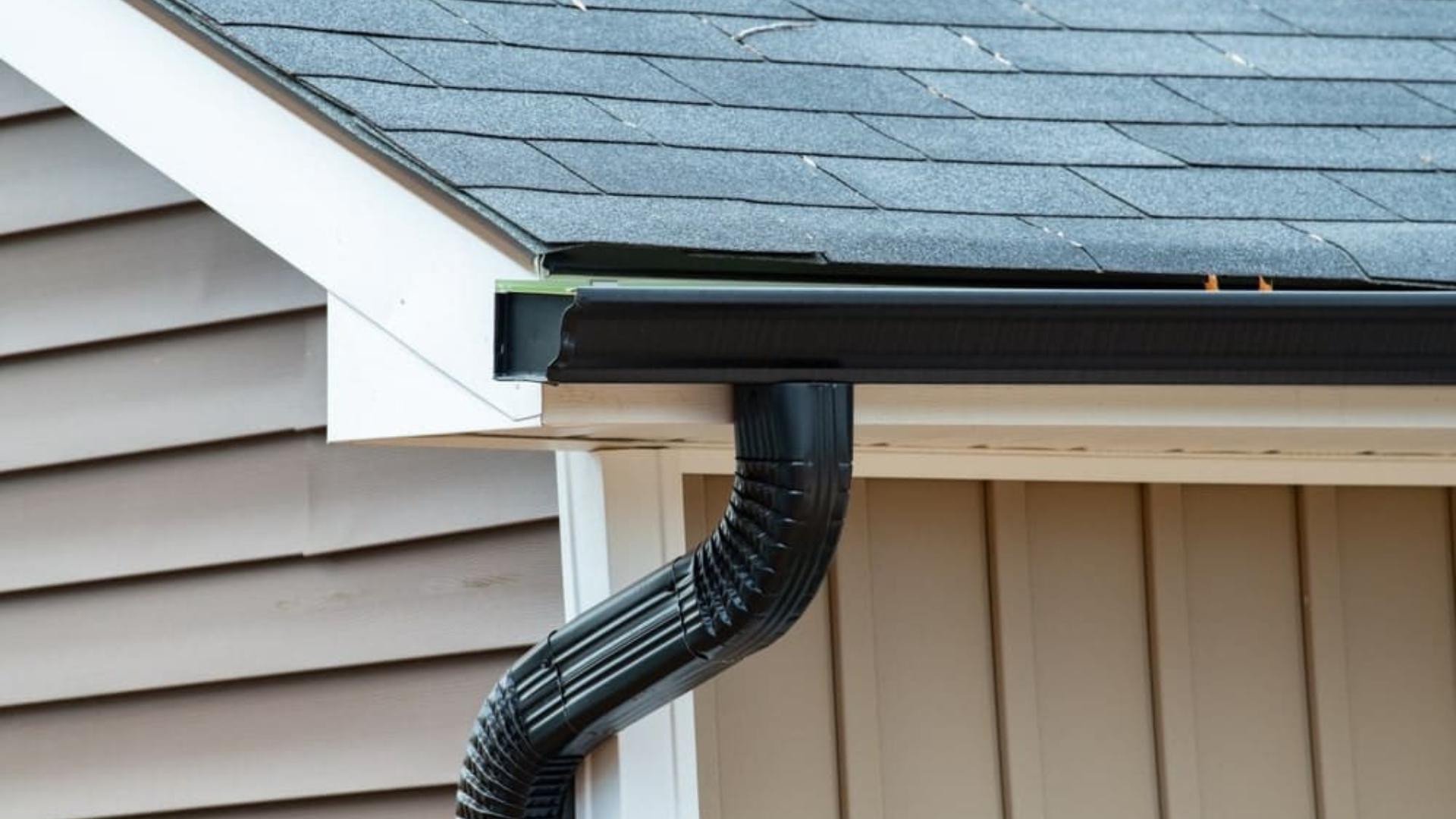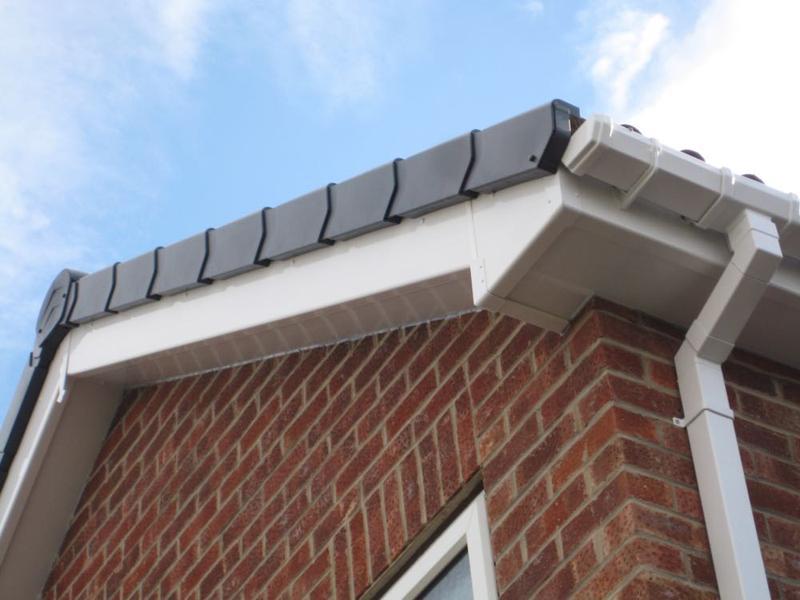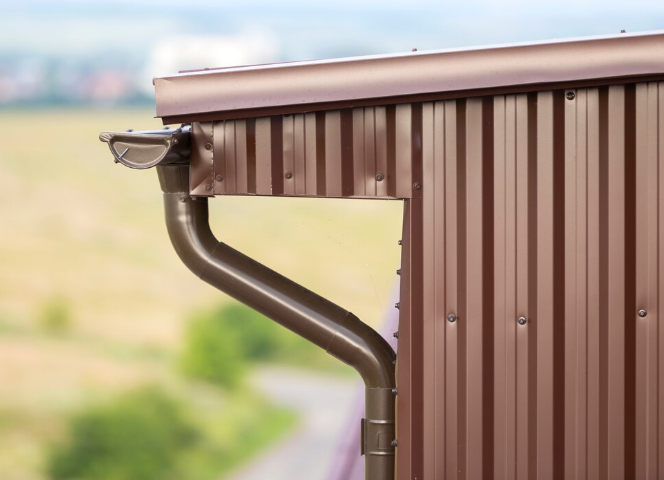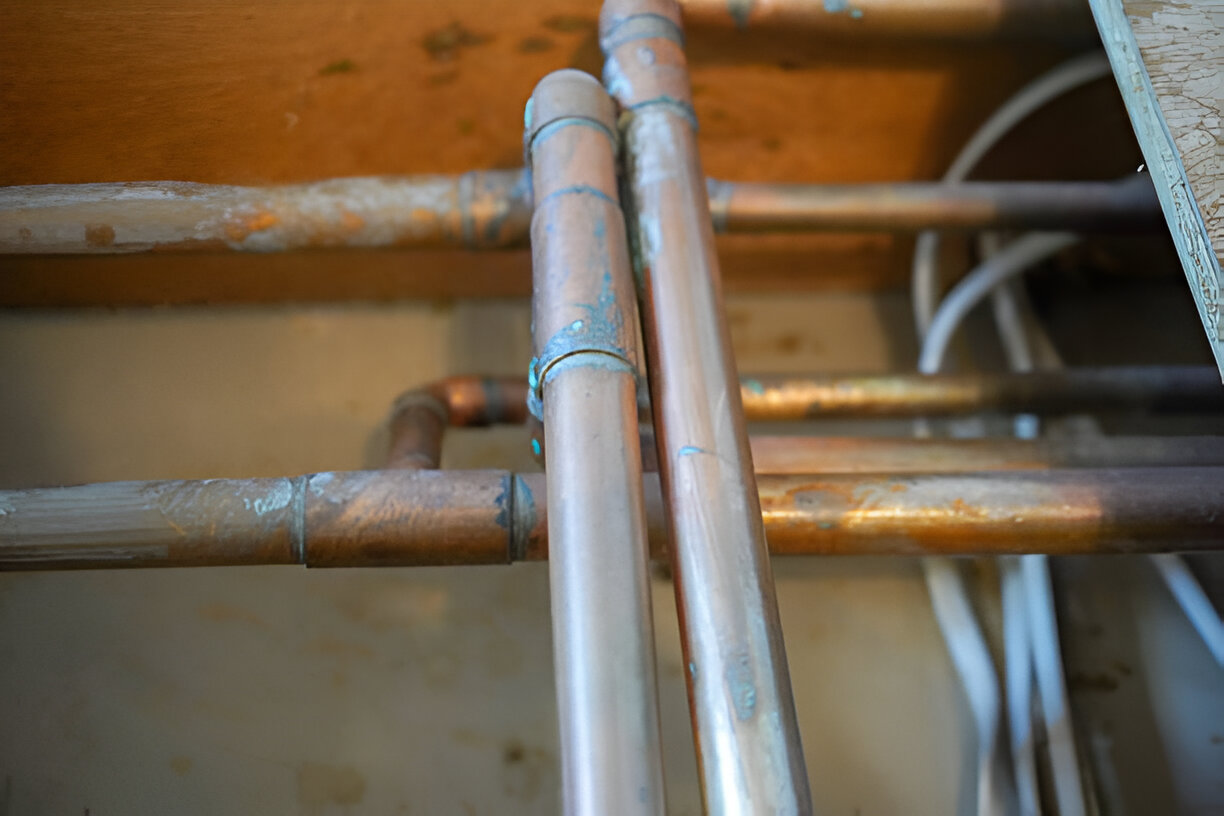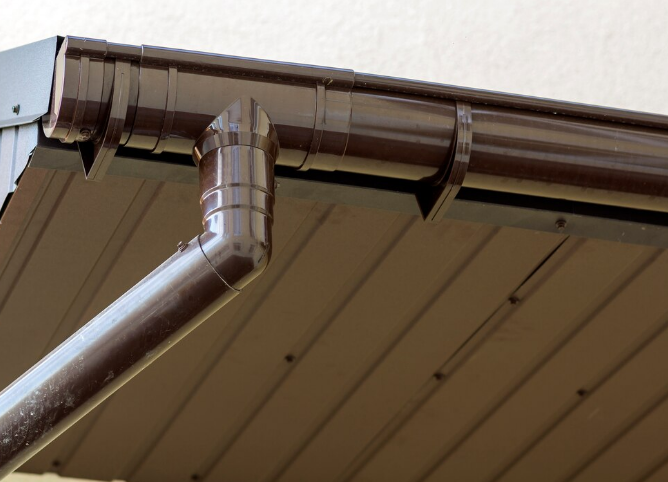Soffits and fascia are essential components of your home’s roofing system, working together to protect the underlying structure from the elements. The soffit is the material that covers the underside of the roof’s overhang, while the fascia is the long board that runs along the roofline, typically supporting the gutters. When these components fail, it can lead to significant damage to your home. Fortunately, many common soffit and fascia problems can be addressed with a bit of know-how. In this blog post, we’ll walk you through the most common issues and how to fix them.
1. Sagging Fascia
Cause:
Sagging fascia is usually caused by moisture damage, a heavy buildup of debris, or the weight of clogged gutters. Over time, water from clogged gutters or heavy rainfall can seep into the fascia, causing it to rot and lose its structural integrity.
How to Fix:
- Step 1: Remove any debris from the gutters to prevent further water buildup.
- Step 2: Inspect the fascia for signs of rot or water damage. If the damage is significant, you may need to replace the affected fascia boards.
- Step 3: If the fascia is not severely damaged, you can secure it back into place using nails or screws, ensuring it is firmly attached to the roof rafters.
- Step 4: For more severe damage, replace the entire fascia board with a new one, making sure it is properly sealed to prevent water intrusion.
Tip: Consider installing new, durable fascia made from materials like aluminum or vinyl, which are more resistant to moisture damage and are less likely to sag over time.
2. Rotting Soffit
Cause:
Moisture buildup due to poor ventilation or leaks in the roof can lead to rotting in the soffit. If you notice areas where the soffit feels soft or spongy, this is a clear sign of wood rot caused by trapped moisture.
How to Fix:
- Step 1: Inspect the soffit to determine the extent of the damage. If only a small section is rotting, you may only need to replace that part.
- Step 2: Remove any damaged soffit material by unscrewing or prying it loose.
- Step 3: Replace the damaged section with a new piece of soffit material, making sure it is properly aligned and sealed to prevent future moisture issues.
- Step 4: Ensure proper ventilation in the attic area to reduce moisture buildup and prevent future rotting. Installing ventilation grills or vents along the soffit can improve airflow and help keep moisture levels down.
Tip: If you live in a humid or rainy climate, consider using vinyl or aluminum soffits that are resistant to moisture and rot.
3. Loose or Damaged Soffit Ventilation
Cause:
Improper ventilation can lead to excess moisture buildup in the attic, which can cause various issues such as mold, mildew, and wood rot. If the soffit vents are blocked or damaged, air circulation is compromised, leading to a buildup of heat and moisture in the attic.
How to Fix:
- Step 1: Inspect the soffit vents to check for any blockages or damage. Leaves, dirt, and debris can obstruct airflow.
- Step 2: Clean the vents using a brush or compressed air to remove any debris that may be blocking airflow.
- Step 3: If the vents are damaged or cracked, replace them with new ones. Ensure the new vents are properly sealed to prevent water intrusion.
- Step 4: To enhance ventilation, consider installing additional vents or upgrading to a more efficient ventilation system for better airflow in the attic.
Tip: Regularly clean your soffit vents to maintain good airflow and prevent moisture buildup in the attic.
4. Cracked or Missing Fascia Boards
Cause:
Fascia boards can crack or break due to age, weather exposure, or physical impact. If fascia boards are cracked or missing, they can expose the roof rafters to the elements, leading to water damage or pest infestation.
How to Fix:
- Step 1: Inspect the fascia for any cracks, holes, or missing sections. Mark the areas that need to be replaced.
- Step 2: Remove the damaged fascia by unscrewing or prying it off carefully.
- Step 3: Measure and cut a replacement fascia board to fit the space. Make sure the new board is securely attached to the roof structure using nails or screws.
- Step 4: Seal the edges with caulk or silicone to prevent water from entering and causing further damage.
Tip: Use durable materials like aluminum, which is resistant to cracking and weather damage, for your replacement fascia boards.
5. Gutter Overflow Leading to Soffit Damage
Cause:
Clogged gutters or improperly installed downspouts can cause water to overflow and spill over the fascia, soaking the soffit. Over time, this constant water exposure can damage both the soffit and fascia.
How to Fix:
- Step 1: Clean your gutters regularly to ensure they are free of debris. This helps prevent overflow and keeps water from spilling over the edges.
- Step 2: Inspect your gutters and downspouts to make sure they are properly aligned and draining water away from the roofline.
- Step 3: If water has already caused damage to the soffit or fascia, replace the damaged sections as described in previous sections.
- Step 4: Install gutter guards to help prevent debris buildup and ensure proper water flow through the system.
Tip: Regularly check your gutters after heavy rain to make sure they are functioning correctly, and clean them at least twice a year.
6. Pest Infestation in the Soffits and Fascia
Cause:
Soffit and fascia can become a refuge for pests like birds, squirrels, or insects if there are holes or gaps in the materials. These pests can cause significant damage to the wood and insulation within your home.
How to Fix:
- Step 1: Inspect the soffit and fascia for any holes, gaps, or cracks where pests could be entering.
- Step 2: Seal any gaps or holes using caulk or foam sealant. If the damage is extensive, you may need to replace the affected soffit or fascia sections.
- Step 3: For larger infestations, you may need to call a pest control professional to deal with the pests safely.
- Step 4: Install mesh or hardware cloth in areas where pests are likely to enter. This can help prevent future infestations.
Tip: Keep your attic well-insulated and ensure there are no entry points for pests. Regular inspections of your soffit and fascia can help catch issues before they escalate.
7. Water Damage Around the Roofline
Cause:
Leaking roofs or improper flashing installation can cause water to seep into the soffit and fascia, leading to rot, mold, and deterioration of the materials.
How to Fix:
- Step 1: Identify the source of the water leak by inspecting the roof for missing shingles, damaged flashing, or gaps around the chimney and vents.
- Step 2: Repair the roof leak by replacing damaged shingles or reinstalling flashing where necessary.
- Step 3: Once the leak is repaired, inspect the soffit and fascia for any water damage. Replace any rotting sections and ensure everything is sealed to prevent future leaks.
Tip: Regularly inspect the roof to catch leaks early and prevent water damage to the soffit and fascia.
Conclusion
Soffit and fascia issues are common in many homes, but with proper care and maintenance, they can be addressed effectively. Whether it’s sagging fascia, rotting soffit, or water damage, taking the time to inspect and fix these problems will not only improve the aesthetics of your home but also help protect its structural integrity. Regular maintenance, such as cleaning gutters, sealing gaps, and ensuring proper ventilation, will go a long way in preventing future issues. By following these tips, you can keep your soffit and fascia in top condition for years to come.


